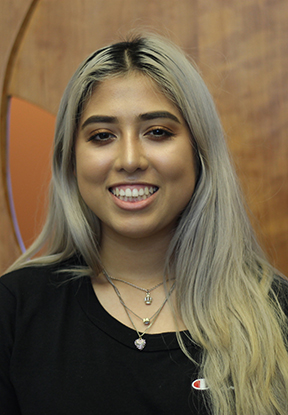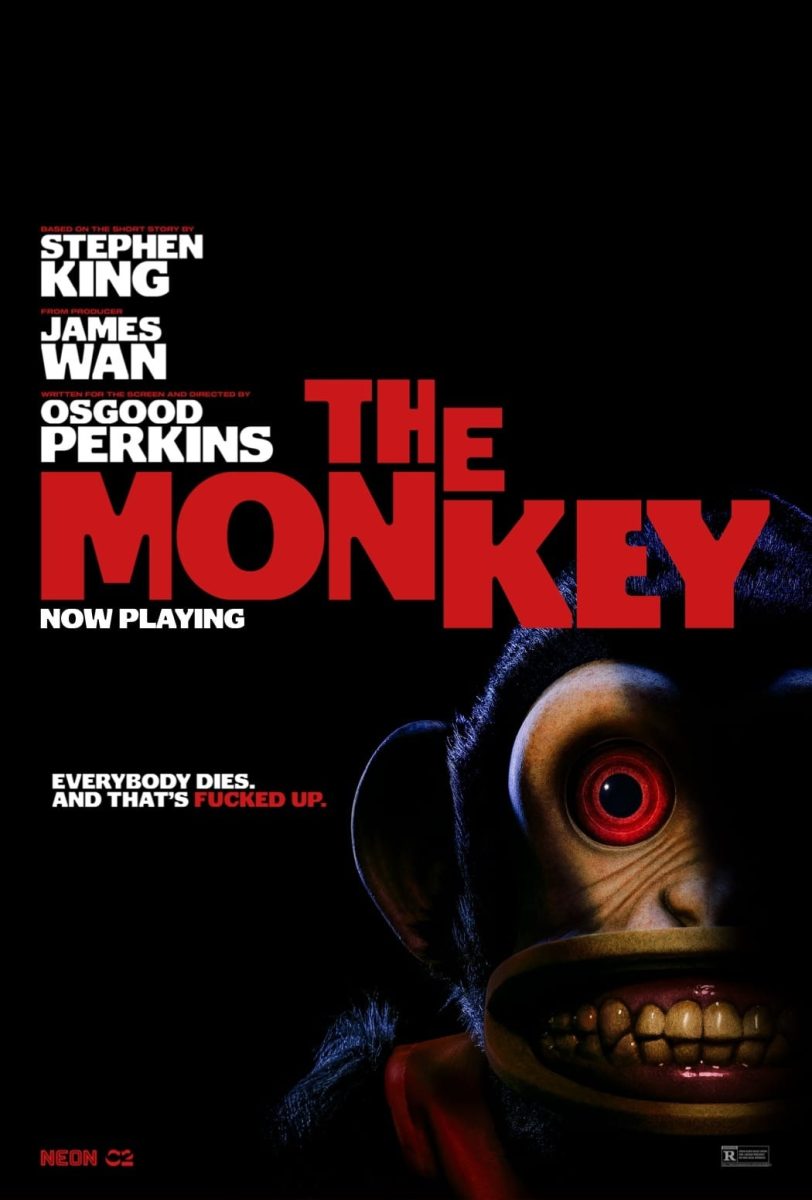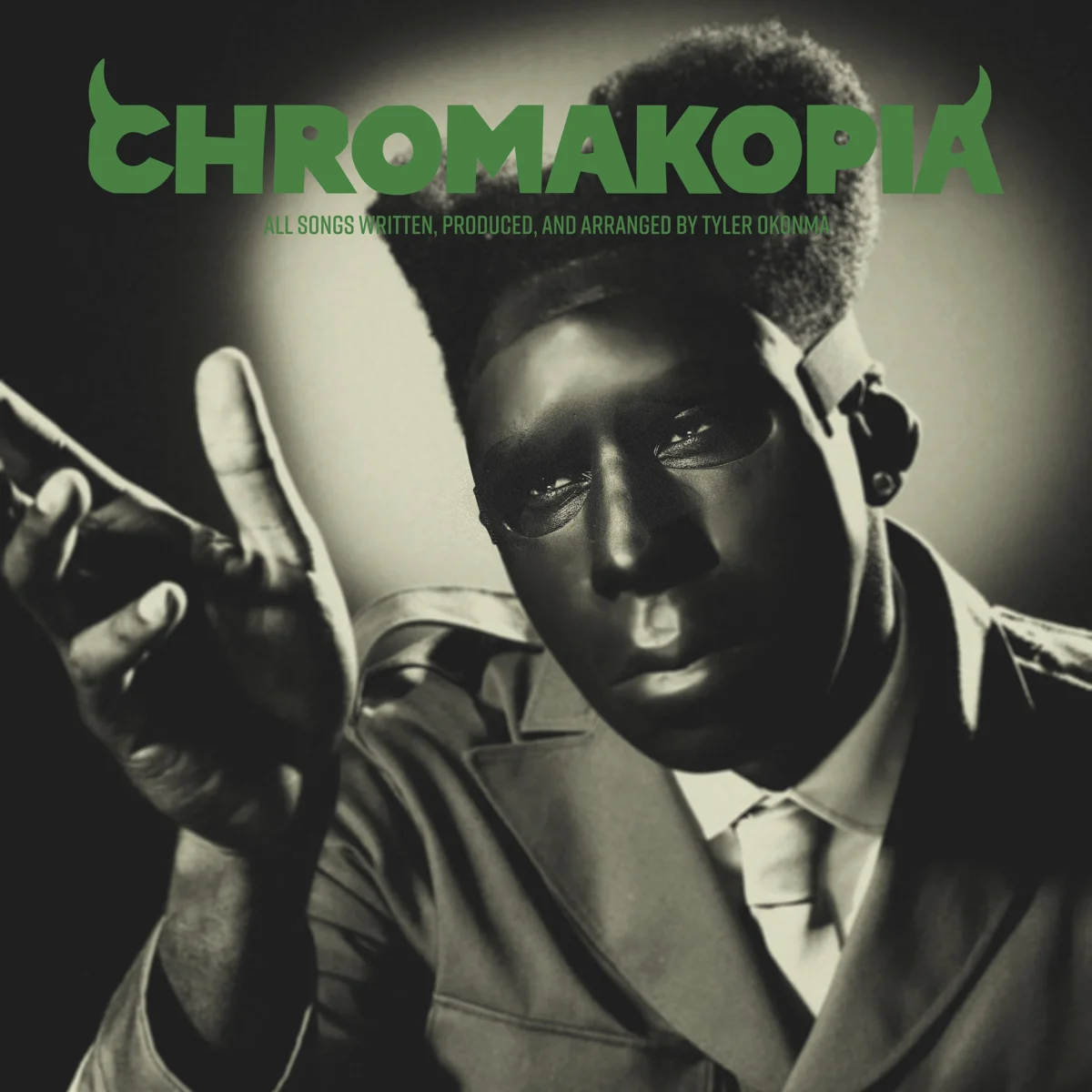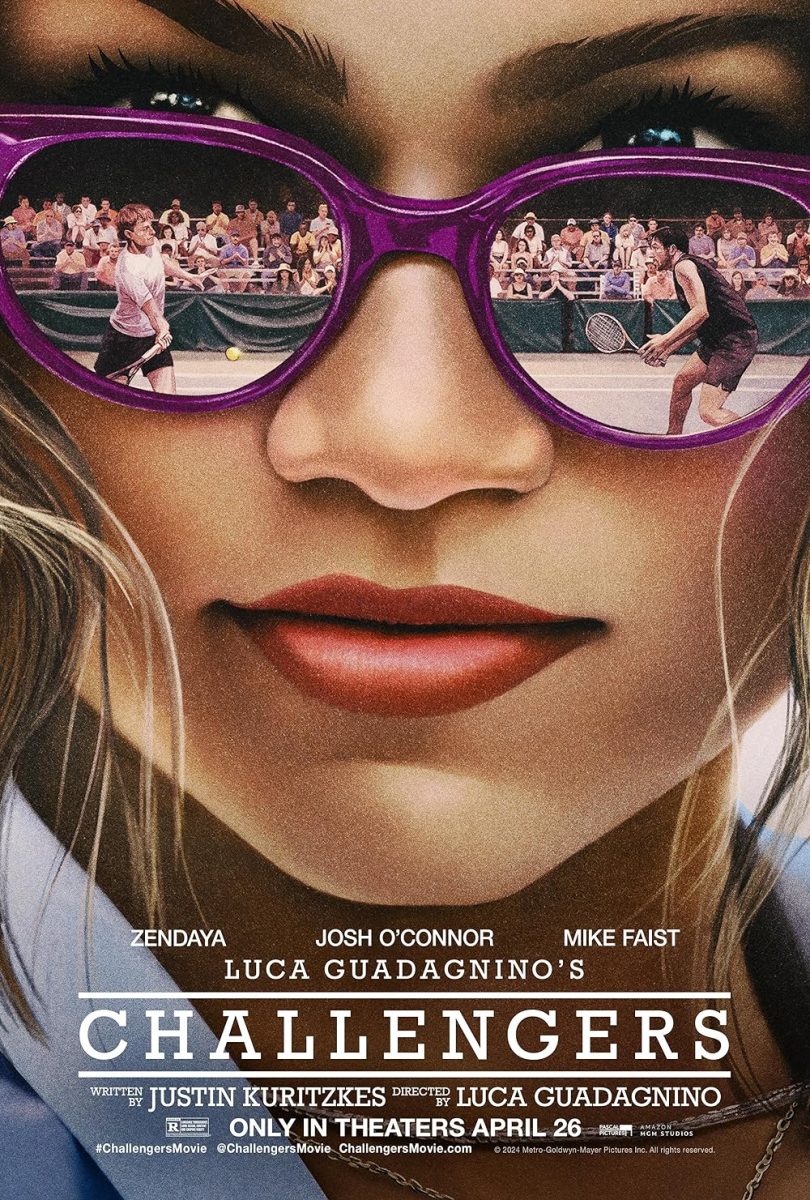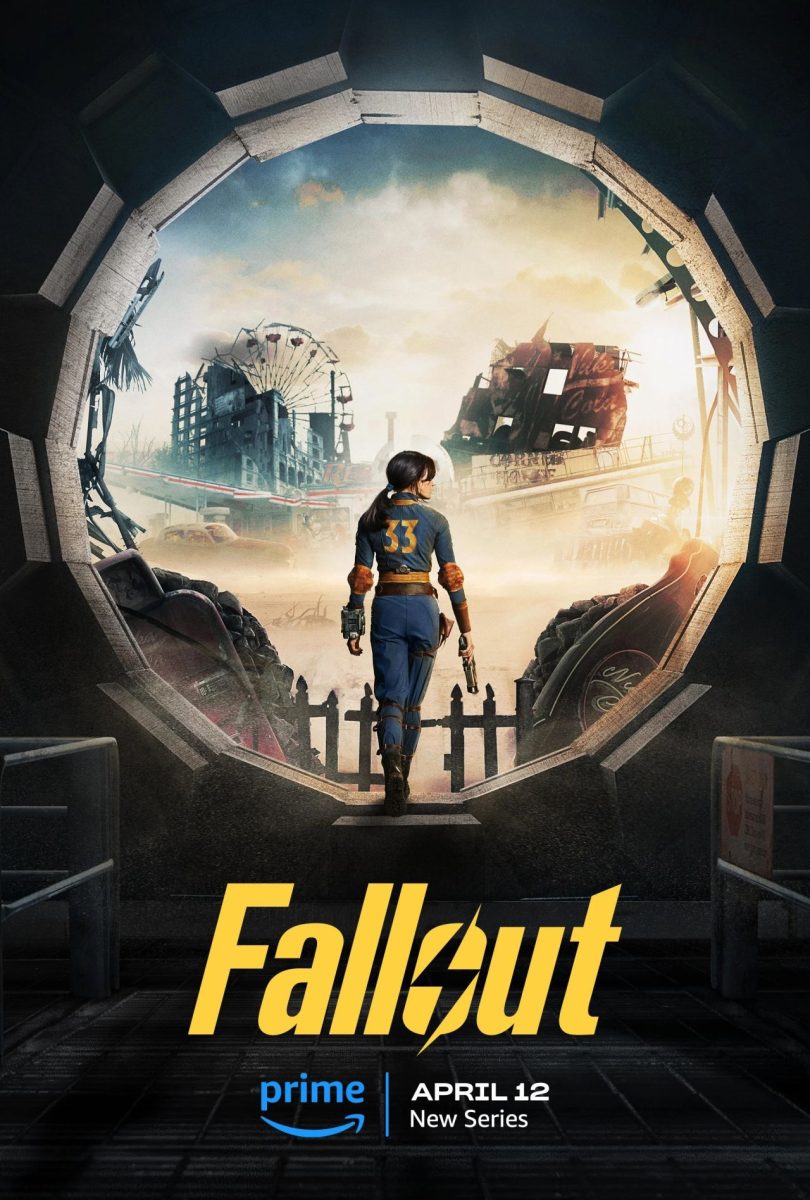With episodes ranging from an hour to two in Steven Avery’s case, part 2 of Netflix’s “Making a Murderer,” is a creation of draining advocacy.
The series is meant to continue with the hope of a man who was wrongly convicted and imprisoned.
While filmmakers Moira Demos and Laura Ricciardi’s new episodes seem more excessive and dense compared to the first season.
Once after the original series reached great success, the second season failed to do so facing multiple issues that the first did not.
This follow-up season captures the process of Avery’s post-conviction appeal process including his nephew’s, Brendan Dassey’s, as they try to overturn their guilty verdicts.
The second season focuses on Avery’s past character in order to gain some sort of empathy, while at the same time, it also highlighted the distorted legal system that cost the lives of two innocent individuals.
However, there isn’t a such thing as a miracle to expect in this story, and the criticism towards the court system is tediously discussed upon.
The season extends the idea of hope, going for more than 10 hours, that seem very cruel, when it results in having nothing to show for it besides pain.
Apparently, for the one that was interested in a sequel, has most likely tracked down news reports upon the Avery and Dassey case. What was once a regional story, turned national when the documentaries debuted.
So in all, the audience knew already the ending of the second season before it even started: Dassey and Avery are to this day still in prison, as for the latter, it’s exhausted his legal opportunities for a another trial.
Although there wasn’t anything else left to tell, and if there was more clarity and more of an extensive focus, then the second part could’ve skewered the ineffectual criminal justice system within our country.
However, the docuseries introduces Avery’s tremendous attorney Kathleen Zellner as a hero that has righted the most wrongful convictions than any other private lawyer.
In turn, the former Wisconsin district attorney Ken Kratz was made to be, instead, the bad guy who was destined to make Avery’s life a living hell.
With the inclusion of these two important individuals, the 10 episode series digs deep into old evidence, old testimonies, old footage, old case files and even old memories, in order to develop and obtain new theories.
A few theories do come into the picture, but when Zellner and Dassey’s attorneys try to incorporate them in the courts, they are often pushed to the side.
Through the testimonials, the system is characterized to be infuriating, time consuming and unpredictable.
As the filmmakers reuse footage from the previous season, re-visitation of the same points, repetitively, while it over-inflates the time. During this time, montages of Avery are shown which aren’t pertinent to the docuseries, moving the audience to feel sorry for him.
These sort of unnecessary redunancies in the paperwork of the documentarians’ are likely to start a strong fan base that fight for Avery to be released as they’re to isolate the viewers through intimidation.
“Making a Murderer” never was an unbiased observation of a two-side case. It’s an advocacy piece that creates empathy for Avery’s victim-hood caused by the judiciary system’s corruption.
Overall, the docuseries opened up issues that was beyond Avery’s case. The unfair treatment made towards him exemplifies what all individuals should learn



